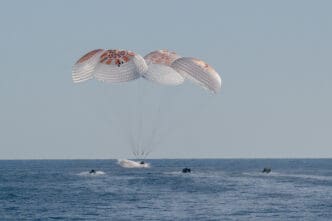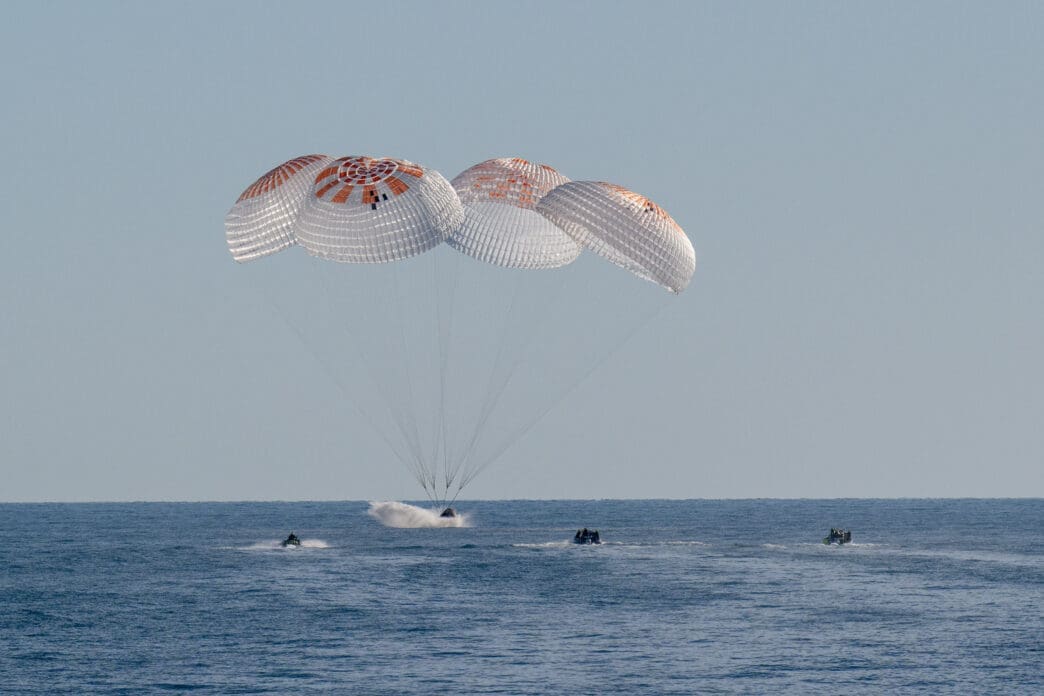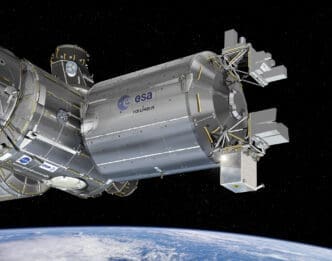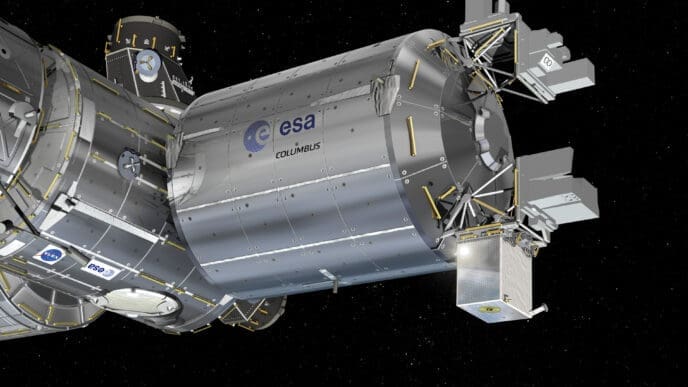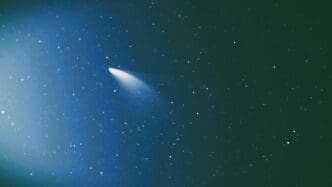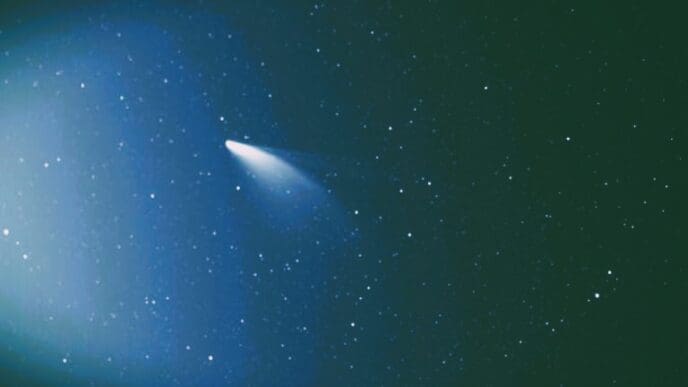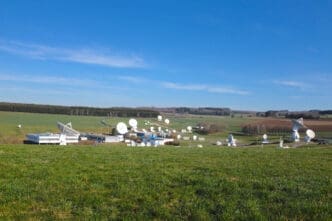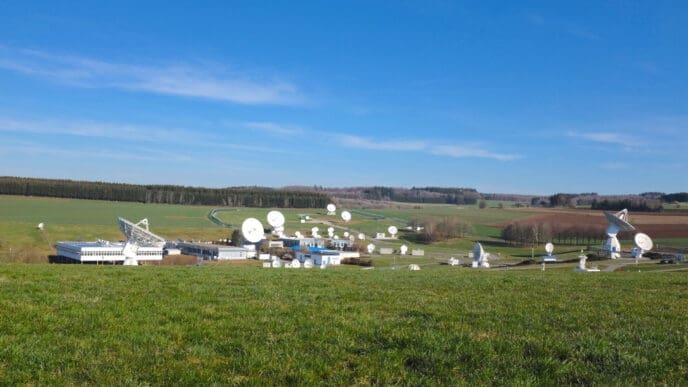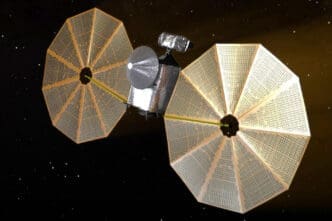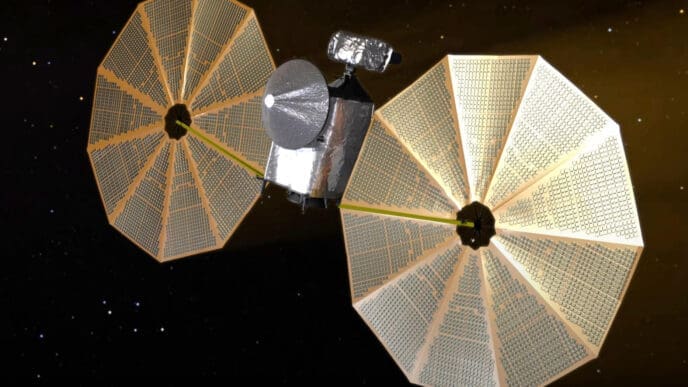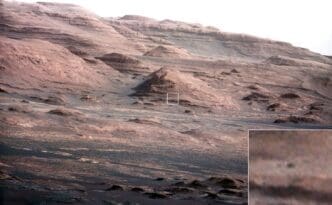After months of groundbreaking research and exploration aboard the International Space Station, NASA’s SpaceX Crew-9 made a triumphant return to Earth. NASA astronauts Nick Hague, Suni Williams, and Butch Wilmore, alongside Roscosmos cosmonaut Aleksandr Gorbunov, safely splashed down on March 18, 2025, near Tallahassee, Florida, with a pod of dolphins playfully circling their Dragon spacecraft.
Williams and Wilmore made history as the first humans to fly aboard Boeing’s Starliner spacecraft during NASA’s Boeing Crew Flight Test (CFT). This mission, launched on June 5, 2024, by a United Launch Alliance Atlas V rocket from Cape Canaveral Space Force Station, marked Boeing’s inaugural crewed flight. Hague and Gorbunov joined the space station on September 28, 2024, aboard a SpaceX Falcon 9 rocket from Space Launch Complex 40 at Cape Canaveral.
During their long-duration mission, the American crew conducted over 150 unique experiments and logged more than 900 hours of research. Their pioneering work included studying plant growth, testing stem cell technology for patient care on Earth, and examining the effects of spaceflight on various materials—insights crucial for future deep space missions.
The crew began 2025 with two vital spacewalks, which included removing an antenna assembly from the station’s truss, collecting microbial samples from the exterior for further analysis, and repairing damaged areas of light filters on an X-ray telescope. Williams now holds the record for the most cumulative spacewalking time by a woman—62 hours and 6 minutes—ranking her fourth among the most experienced spacewalkers in history.
While in orbit, the crew also inspired the next generation through 30 ham radio events with students worldwide and supported a student-led genetic experiment. As part of the CFT, Williams and Wilmore meticulously commanded Starliner during in-flight testing, evaluating systems such as maneuvering, docking, and emergency protocols.
“We’ve learned a lot about systems integrated testing that will benefit future missions,” Wilmore remarked, highlighting the importance of these experiences. Post-test flight, NASA and Boeing continue to work toward crew certification of the CST-100 Starliner system, addressing in-flight anomalies, and preparing for further propulsion system testing.
Despite technical challenges that extended their mission, Wilmore expressed his willingness to undertake it all over again, saying, “I’d get on it in a heartbeat.”
The returning crew received a warm welcome from their families, colleagues, and fellow astronauts at Johnson Space Center’s Ellington Field. They were greeted by Johnson Acting Director Steve Koerner, who praised their dedication and resilience. Williams shared a heartfelt moment with astronaut Zena Cardman, expressing gratitude for her flexibility, as Cardman was initially assigned to Crew-9 but was reassigned, making room for Williams and Wilmore.
Cardman is now set to command NASA’s SpaceX Crew-11 mission, scheduled to launch soon for a prolonged scientific expedition to the International Space Station.
Both Williams and Wilmore brought decades of experience to the mission. Wilmore, a retired U.S. Navy captain and veteran fighter pilot, has accumulated 464 days in space over three flights. Outside of NASA, he contributes as a pastor, leads Bible studies, participates in mission trips, and crafts furniture for his local church. Reflecting on his journey, Wilmore emphasizes the role of faith and perseverance in navigating the uncertainties of flight.
“Strap on your work hat and let’s go at it,” he encourages the next generation, underscoring that tenacity and perseverance are essential for achieving meaningful goals. His commitment to both his country and humanity fuels his passion for space exploration.
Williams, a retired U.S. Navy captain, helicopter pilot, and basic diving officer, boasts the unique distinction of being the first person to run the Boston Marathon in space. Originally from Massachusetts, she brings an adventurous spirit and dedication to service.
“There are no limits,” Williams states. “Your imagination can make something happen, but it’s not always easy. There are so many cool things we can invent to solve problems—and that’s one of the joys of working in the space program. It makes you ask questions.”
Hague, a Kansas native and U.S. Space Force colonel, has logged 374 days in space across three missions. His extensive experience includes a deployment to Iraq and various roles within the Space Force.
“When we’re up there operating in space, it’s focused strictly on mission,” said Hague. “We are part of an international team that spans the globe and works with half a dozen mission control centers. That’s the magic of human spaceflight: it brings people together.”
For Williams, Wilmore, Hague, Gorbunov, and the dedicated team supporting them, Crew-9 signifies the dawn of a new era in space exploration—driven by innovation, perseverance, and the unwavering dream of reaching beyond the stars.
Watch the full press conference following the crew’s return to Earth here.

